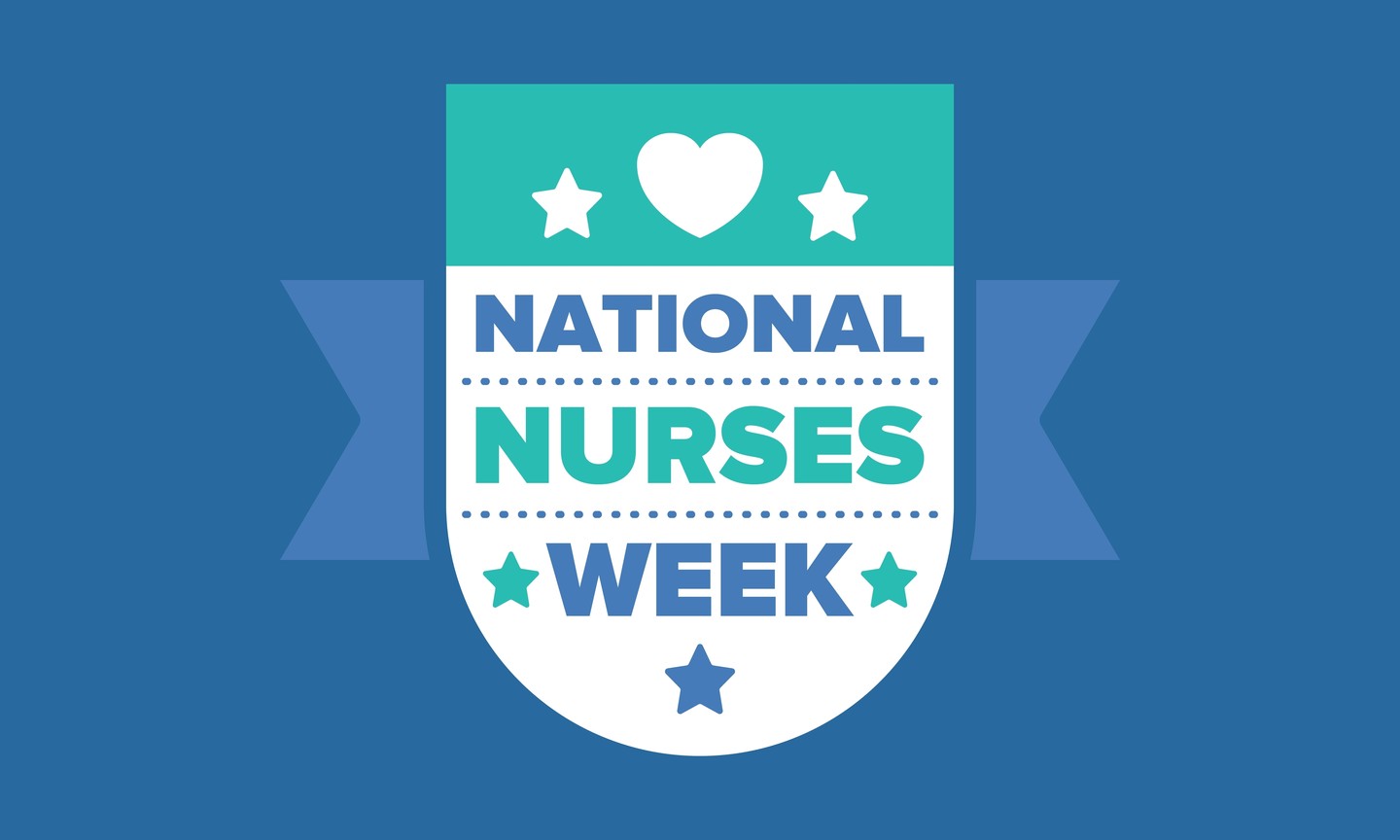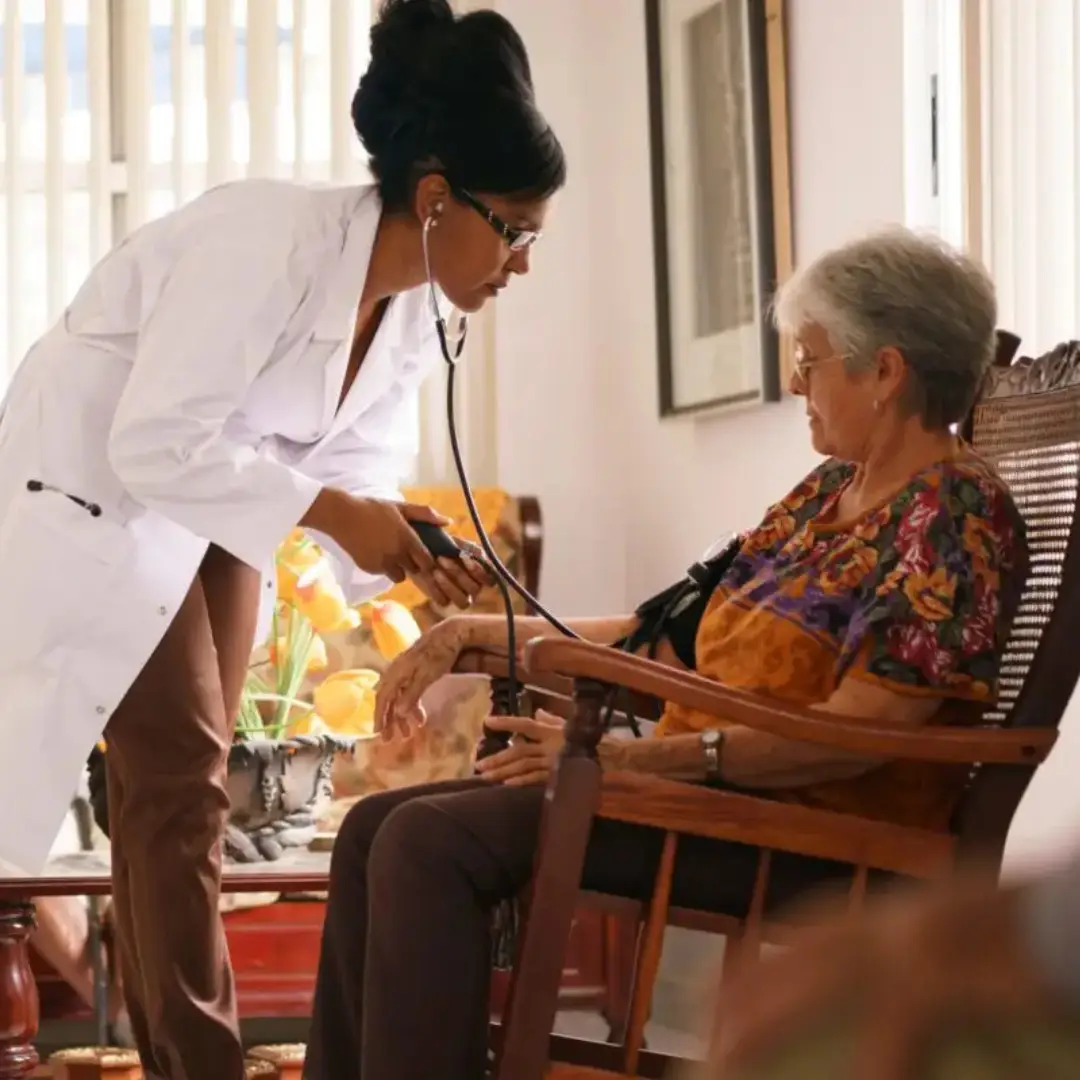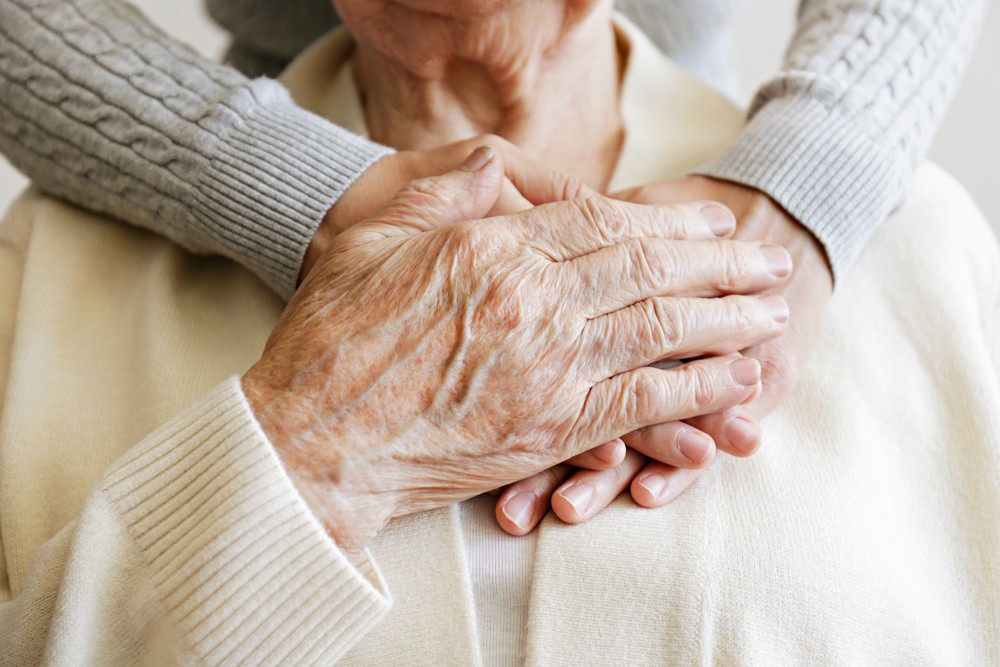Healthcare organizations are recommended to develop a safety culture to promote both patient and occupational well-being. Safety culture is defined as the product of an individual and group values, perceptions, competencies, attitudes, and patterns of behavior that result in the commitment to, understanding, and proficiency of an organization’s health and safety management. Positive safety cultures are predicated on mutual trust and shared perceptions of the importance of safety as well as confidence in the efficacy and reliability of measures intended to prevent safety breaches.
What Is Healthcare Worker Safety?
A safety culture, then, reflects how safety is viewed and perceived in an organization, guiding healthcare professionals to deal with tasks and safety issues safely. Patient safety is defined as the complete avoidance, prevention, or lessening effects of adverse outcomes or injuries that result from the healthcare experience.
Employers are under ethical responsibility to provide a duty of care which includes the clear communication of expectations to the staff and providing psychosocial support, skills training, and the necessary resources, particularly personal protective equipment.
This has become a prevalent talking point since the COVID-19 pandemic and continues a pattern of pandemic diseases that have differentially targeted healthcare workers worldwide. This includes severe acute respiratory syndrome, the Middle East respiratory syndrome coronavirus, and ebola. Historically and currently, healthcare workers continue to be committed to providing service to patients, providing the necessary to them, otherwise known as the “duty of care”. To do so, healthcare employers also must demonstrate an ethical duty to provide care to employees arising from no requirements.
What Is Meant By Safety Provisions to Healthcare Workers?
In General, and since the emergence of pandemics in the past century, employers must provide prevention services, such as vaccines when available, as well as medical care if staff become ill. The World Health Organization and international labor have produced the “Occupational Safety and health and public health emergencies” document.
At the basic level, specific expectations of employers include the prevention of illness, injury, and death of workers, the provision of safe systems of work, the provision of safety equipment, and the general supply of health, safety, and welfare of workers. Included are safe working conditions, risk assessment, management planning, and information for workers (specifically, skills training regarding personal protective equipment).
In addition, employers report occupational illnesses and injuries statistics to government agencies. On the side of worker responsibility, workers must participate in training, follow occupational safety and health guidelines, and report hazards to the employer. Employees are also free to refuse unsafe working conditions.
Why is the Safety of Healthcare Workers So Important?
The safety of healthcare workers is paramount as they cannot provide a duty of care when they are ill. The pandemic has also highlighted the extent to which protecting healthcare workers is instrumental in preventing the failure of a health system and ensuring that it remains functioning.
In September 2020, the World Health Organisation released a world patient safety day charter, which called on governments and institutes responsible for providing health services at local levels to take five key actions to protect health workers. These included steps to protect health workers from violence; to be cognizant of their mental well-being; to protect healthcare workers from both physical and biological hazards; to further national programs for health worker safety, and to connect health worker safety policies to existent patient safety policies.
The importance of the safety of healthcare workers is illustrated most notably during the pandemic, while healthcare workers infected with COVID-19 have lost their lives. Approximately 14% of cases of COVID-19 reported to the World Health Organisation were among healthcare workers, which expanded to 35% in some countries. As such, it is important to note the disproportional effect of safety threats such as a pandemic on healthcare workers.
In addition to physical risks, the pandemic had a psychological effect on healthcare workers, exposing them to high-demand scenarios for long hours, creating psychological stress. Indeed before the pandemic, medical professionals have already been considered at a higher risk of suicide worldwide. Moreover, a recent review of healthcare workers demonstrated that 25% reported depression and anxiety, while approximately 1/3 suffered insomnia due to COVID-19. Moreover, healthcare work is subject to abuse from patients and families, including verbal harassment, discrimination, and physical violence.
The World Health Organisation has overstated the importance of establishing a synergistic relationship between helping healthcare worker safety and patient safety policies and strategies that center around health and safety skills training, the incorporation of well-being requirements in healthcare licensing and accreditation standards, and developing integrated metrics of patient safety and healthcare workers safety and quality of care indicators. All the suggestions include protecting healthcare workers from violence in the workplace, improving mental health and psychological well-being, And protecting healthcare workers from physical and biological hazards.
To keep patients safe, healthcare workers need to be kept safe – a point illustrated most notably during the pandemic.
References
- Keep health workers safe to keep patients safe: WHO. Available at: https://www.who.int/news/item/17-09-2020-keep-health-workers-safe-to-keep-patients-safe-who. Lst accessed December 2021.
- Wagner A, Rieger MA, Manser T, et al. (2019) WorkSafeMed Consortium. Healthcare professionals’ perspectives on working conditions, leadership, and safety climate: a cross-sectional study. BMC Health Serv Res. doi: 10.1186/s12913-018-3862-7.
- Stone PW, Hughes R, Dailey M. Creating a Safe and High-Quality Health Care Environment. In: Hughes RG, editor. Patient Safety and Quality: An Evidence-Based Handbook for Nurses. Rockville (MD): Agency for Healthcare Research and Quality (US); 2008 Apr. Chapter 21. Available from: https://www.ncbi.nlm.nih.gov/books/NBK2634/
This content, Importance of Safe Working Conditions for Healthcare Workers, was originally shared by News-Medical.Net on March 24 2023.











